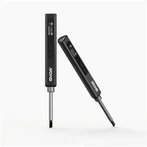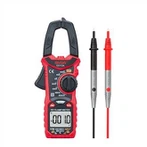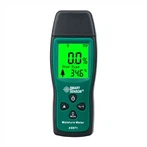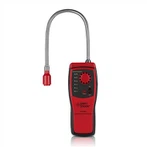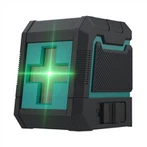Principles and characteristics of the various types of night vision goggles and goggles
1. Active infrared night vision device.
Principle: The instrument emits infrared light beam to illuminate the target, and converts the infrared image reflected by the target into visible light image, so as to observe at night, which is mainly used for aiming at night, driving vehicles, reconnaissance and taking photos, etc.
Features: It is not limited by illumination, and it can be observed in full darkness, with good effect and low price.
However, the observation distance is close, and it is easy to be discovered by the other party during observation, thus exposing itself, which is rarely used now.
Nowadays, it is mainly used for civil use, and Dr. Neng and ATN have many products in this field.
Second, the low-light night vision device.
Principle: The instrument makes use of natural light such as moonlight and atmospheric glow of nightglow Star, which is reflected by the target at night, and amplifies it to hundreds of thousands of times, so as to be suitable for reconnaissance, observation, aiming, vehicle driving and other battlefield operations with naked eyes at night.
Features: Because the LLL night vision device works in a passive way by using nightglow, it can better hide itself, and it is most suitable for departments engaged in special work, such as criminal investigation, drug smuggling, night monitoring and security applications.
The low-light-level night vision device has been developed for three generations. The first generation is a three-stage cascade low-light-level night vision device (consisting of three generation 0 photocells connected in series). The second generation micro-channel plate low-light-level night vision device, the third generation |||-V family negative electron affinity photocathode image intensifier low-light-level night vision device. During the transition from the first generation to the third generation, a super-second-generation photocell called the second-generation plus was developed, and its technical performance was second only to that of the third-generation products. Low-light-level night vision devices are classified into five grades: generation 0, generation 1, generation 2, generation 2 plus and generation 3. Low-light-level night vision devices have developed to today, and they are technically mature, with good imaging quality and low cost. Therefore, they will still be the main equipment of night vision equipment in the world for quite some time to come. The second-generation plus and third-generation products have the characteristics of small volume, light weight, clear image, full function and practicality. Public security, armed police, customs, oil industry, news interview, tourism, aquaculture, nature lovers, and other industries are indispensable equipment for night work. However, because its core component, the low-light-level image intensifier, is a high-tech product, the process is particularly complicated, the cost is high and the price is relatively high. But from the perspective of performance-price ratio, it is still quite good.
Third, thermal imaging infrared instrument
Principle: Thermal imaging infrared instrument is an instrument to find and identify the target by using the difference of infrared radiation between the target and the background according to the basic principle that all objects above zero (-273℃) have infrared radiation.
Features: Due to the different infrared radiation intensities of various objects, people, animals, vehicles, airplanes, etc. can be clearly observed, and can work day and night without being affected by obstacles such as smoke, fog and trees. It is the most advanced night vision observation equipment mastered by human beings at present. However, due to the extremely high price, it can only be used in the military at present. However, due to the wide application range of thermal imaging, there are huge markets in electric power, underground pipelines, fire fighting and medical treatment, disaster relief, industrial detection and other aspects. With the development of social economy and the progress of science and technology, infrared thermal imaging, a high-tech technology, will be widely used in the private market and make contributions to mankind in 20 or 30 years. At present, there are tens of thousands of low-priced thermal imaging in the market, not to mention the good ones. It won't be popular for a short time.

